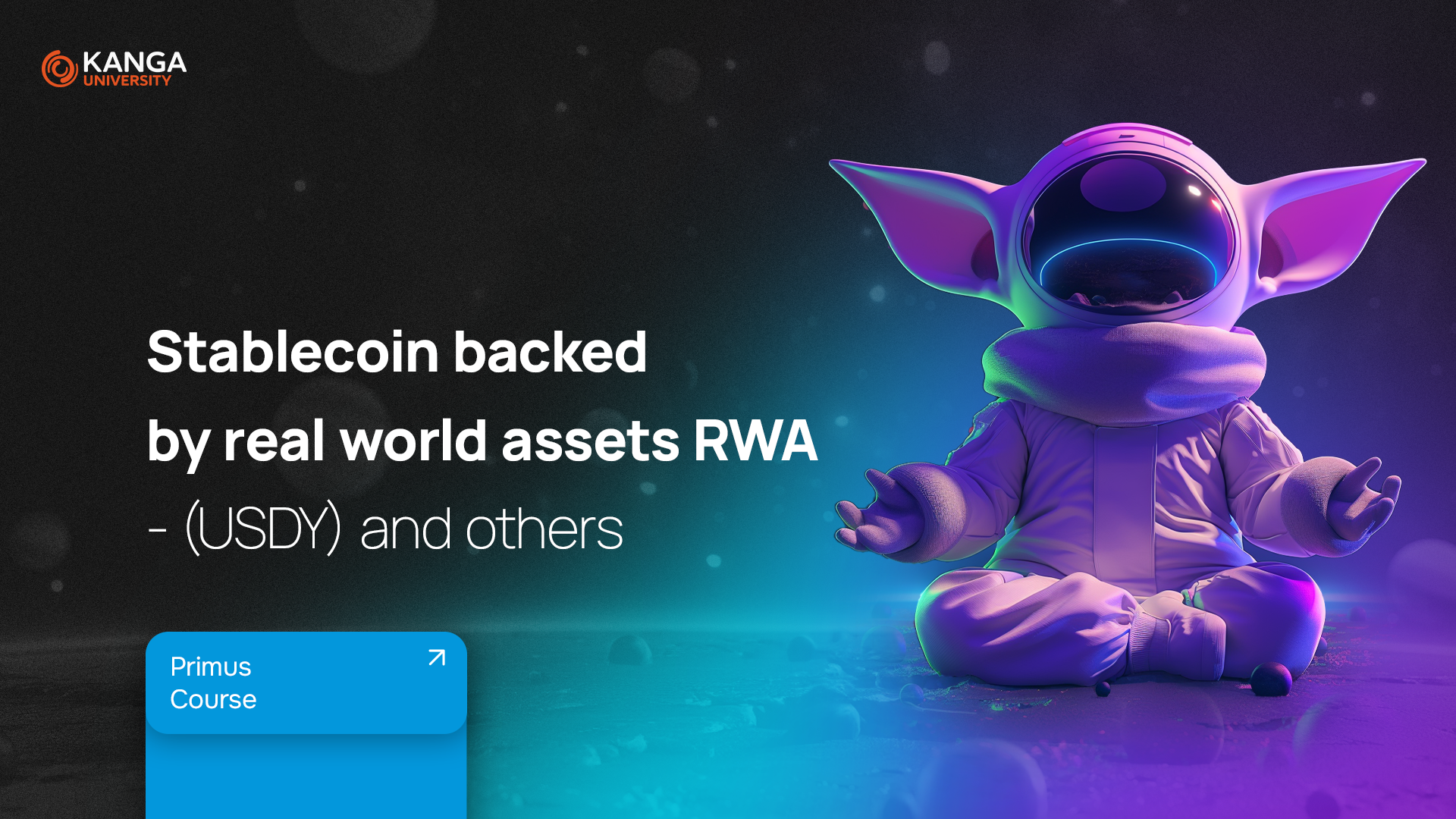
Cryptocurrencies have long sparked interest — and concern — among investors, regulators, and the public. One of the biggest challenges facing the crypto space is price volatility. For many people, the unpredictable swings in value make cryptocurrencies unsuitable for everyday use.
That’s where stablecoins come in — digital assets designed to maintain a fixed value. But even stablecoins are evolving. The latest trend? Stablecoins backed by real-world assets (RWA) — a new class of crypto that connects blockchain technology with traditional finance and the real economy.
What exactly are RWA-backed stablecoins, and why are they gaining traction?
What Are Stablecoins?
A stablecoin is a type of cryptocurrency designed to keep its value stable, usually by being pegged 1:1 to a fiat currency like the US dollar or euro.
Unlike Bitcoin or Ethereum — which can rise or fall sharply in value within hours — stablecoins are meant to act like digital cash, usable for payments, savings, and decentralized finance (DeFi), without the risk of sudden losses.
What Makes RWA-Backed Stablecoins Different?
Traditional stablecoins are usually backed by other crypto assets or held in reserves managed by a central entity. RWA-backed stablecoins, on the other hand, are backed by real-world assets such as:
-
Government bonds
-
Real estate
-
Commodities like gold
-
Bank-issued deposits
These physical or financial assets exist outside the crypto world and provide verifiable collateral for the stablecoin.
This approach builds greater trust, especially among institutional investors, and helps stablecoins integrate more closely with traditional financial systems.
Why RWA-Backed Stablecoins Matter
Greater price stability – Because they rely on real assets, they are less affected by crypto market sentiment.
Regulatory alignment – Real-world backing makes them more compatible with legal and compliance frameworks.
Transparency – Investors can verify the value and existence of the underlying assets.
Improved investor protection – Issuers cannot mint tokens without corresponding reserves.
Clear separation of asset owners and issuers – This creates independent checks and balances.
Notable RWA-Backed Stablecoins in 2025
USDV by MatrixDock
Backed by short-term US Treasury tokens (STBT). Users must obtain “Minter” status to access USDV. It operates across multiple blockchains like Polygon and Optimism. Reserves are verified through Chainlink.
USDY by Ondo Finance
Available on the Layer 2 network Mantle. Backed by US Treasuries and bank demand deposits. Can be purchased directly via decentralized exchanges (DEXs).
USDM by Mountain Protocol
A regulated yield-bearing stablecoin offering around 5% APR. Licensed by the Bermuda Monetary Authority. Currently available only to non-US investors.
agEUR by Angle Protocol
A euro-pegged stablecoin. Users can stake agEUR to receive protocol revenues through stEUR. No fees, no lock-up periods, and flexible access. Estimated annual yield is around 4%, depending on the number of users staking their agEUR.
Main Advantages of RWA-Backed Stablecoins
Stability – Physical asset backing makes these coins more resistant to extreme price swings.
Real-world integration – Ties the crypto ecosystem to the global financial system, enhancing adoption.
Reduced volatility – RWA-backed coins are less sensitive to hype and market panic.
Regulatory potential – Governments are more likely to approve assets with transparent, auditable reserves.
Retail investor access – These stablecoins are increasingly available via DEXs and are easier to use than ever.
Challenges and Limitations
Asset management – Requires strong audit systems, legal clarity, and trusted infrastructure.
Regulatory uncertainty – These stablecoins are more likely to fall under stricter financial regulations.
Access barriers – Some are available only to whitelisted users or investors outside the US.
Summary
RWA-backed stablecoins represent the next generation of digital assets. By linking stablecoins to real, verifiable assets, the crypto industry gains a powerful tool for stability, trust, and mass adoption.
They’re especially promising for use in DeFi, international payments, and as a hedge against inflation or fiat instability.
Still, challenges remain. From regulation to infrastructure, there’s work to be done. But as the technology and frameworks mature, RWA stablecoins could become a foundation for digital finance in the years ahead.